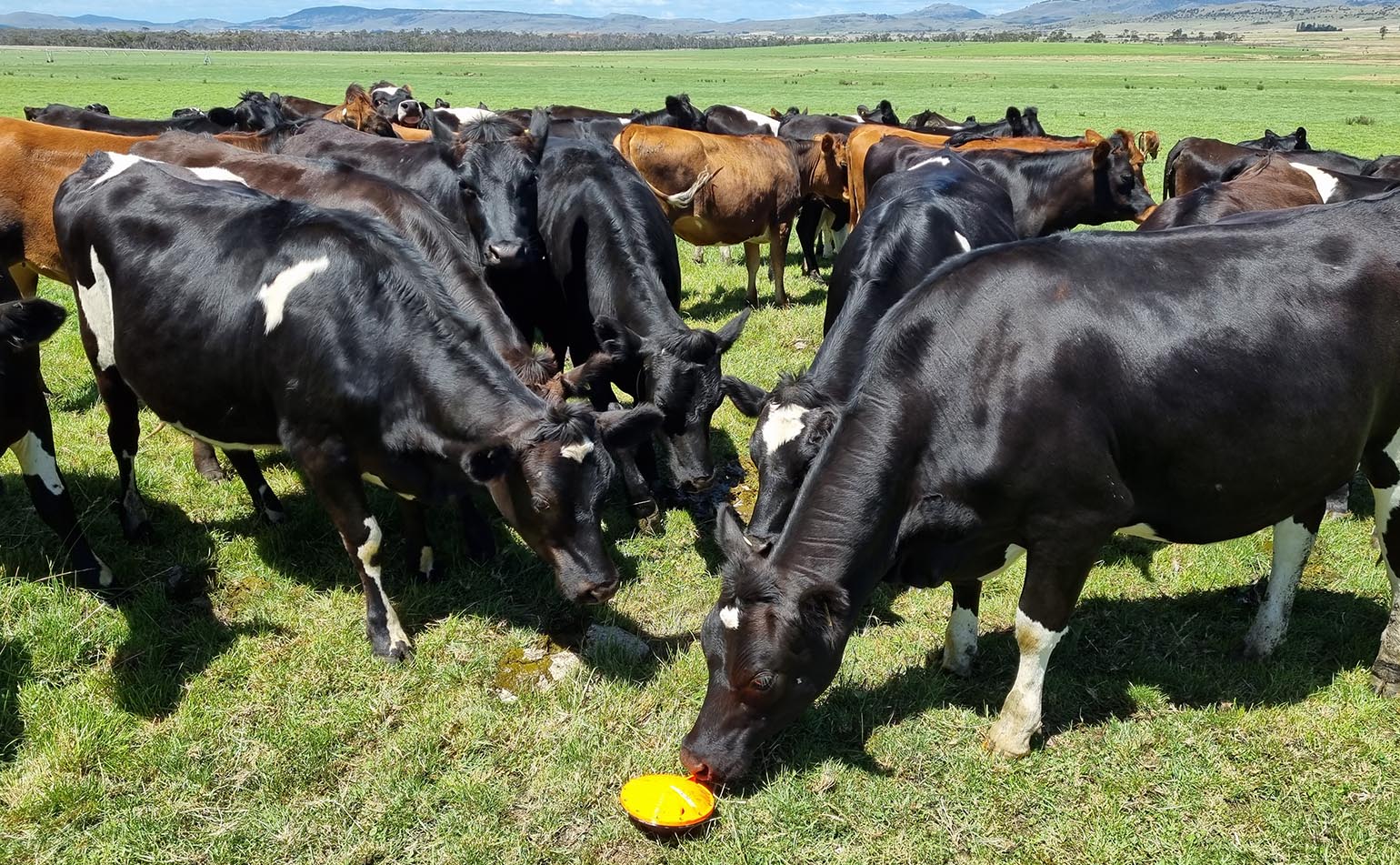With the recent completion of the Soil CRC’s ‘Smart soil sensors’ project, we’re one step closer to delivering easy-to-use, field-based senor technology to farmers. Led by Dr Marcus Hardie from the University of Tasmania, the project has successfully developed two new sensing technologies to help growers make data-based soil management decisions.
Dr Hardie said the BILBY® wireless communication node and the BANDICOOT® penetrometer were co-designed with partner farming groups to ensure the technology is not just fit-for-purpose, but also useful and usable on farm.
“This project was the first step in developing the next generation of sensors to support sustainable and precise management decisions and to improve soil function” he said.
“Through additional investment and collaboration with our partners, the Soil CRC is now developing market-ready products and working with potential investors to commercialise them.”
The BILBY® is an underground wireless data node that sends data from buried soil moisture data probes to an above ground gateway located outside the paddock.
“The BILBY® is designed to make the job of measuring soil moisture easier, by enabling growers to install soil moisture probes in the middle of paddocks or crop zones without risk of damage from tractors, sprayers, pests and stock animals,” Dr Hardie said.
“It can transmit data over a distance of 300m to 3,000m, depending on burial depth, soil moisture and topography, and has a battery life of up to five years when measuring and sending data hourly.”
A follow-on project, ‘Commercialising the BILBY®’ continues to develop the device and aims to attract an industry partner to manufacture and market it.
Dr Hardie said field trials have commenced with potential industry partner to evaluate the compatibility of the BILBY® with their existing soil moisture monitoring hardware and data services.
The BANDICOOT® is a motor-driven penetrometer that simultaneously measures soil moisture, penetration resistance (soil compaction), salinity and apparent conductivity.
“This device will enable growers to quickly and accurately investigate the cause, depth and location of poor soil or crop performance, as well as map soil moisture and penetration resistance via a mobile phone app,” Dr Hardie explained.
“Work to develop the first working BANDICOOT® continues as part of a new Soil CRC project that aims to prepare the device for commercialisation.”
The smart soil sensor project also saw the genesis of a new machine learning system, dubbed HYDROLogic_Ai. The Ai-based tool seeks to determine the soil water retention function from daily changes in soil moisture.
“HYDROLogic_Ai has shown considerable success in being able to accurately match measured and modelled soil moisture in complex multi-layer soil,” Dr Hardie said. “However, new Ai approaches are required to further refine the estimation of the soil water retention properties.”
HYDROLogic_Ai is the brainchild of Soil CRC PhD student Chenting Jiang, who is based at the University of Tasmania with Dr Hardie. Chenting continues to refine this innovative technology as part of her PhD project, which she expects to complete at the end of 2025.
Project participants involved in the Soil CRC’s smart sensor development include University of Tasmania, University of Southern Queensland, Federation University Australia, Burdekin Productivity Services, Birchip Cropping Group, Riverine Plains and Southern Farming Systems.
Stay tuned for more soil sensor technology updates and our final project report in future editions of the Soil CRC newsletter.
Get in touch
Prospective commercial partners interested in the BILBY® or BANDICOOT® can reach out to Rhona Hammond at rhona.hammond@soilcrc.com.au.

